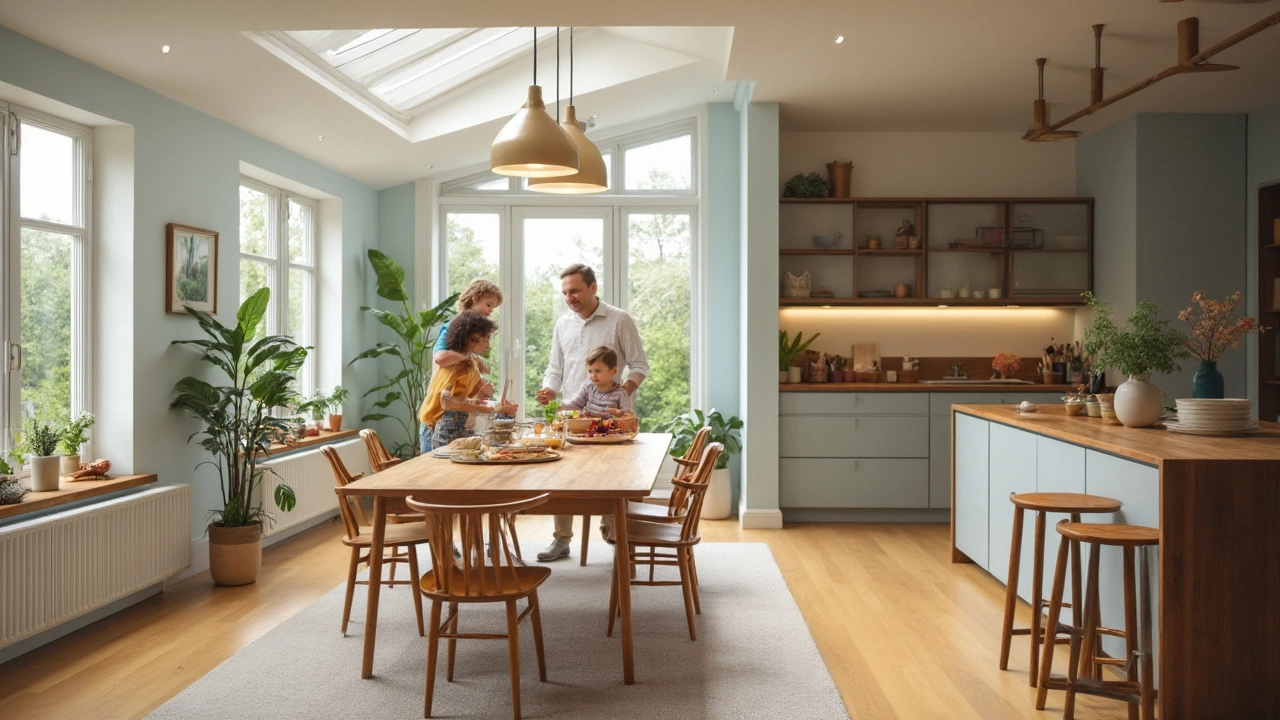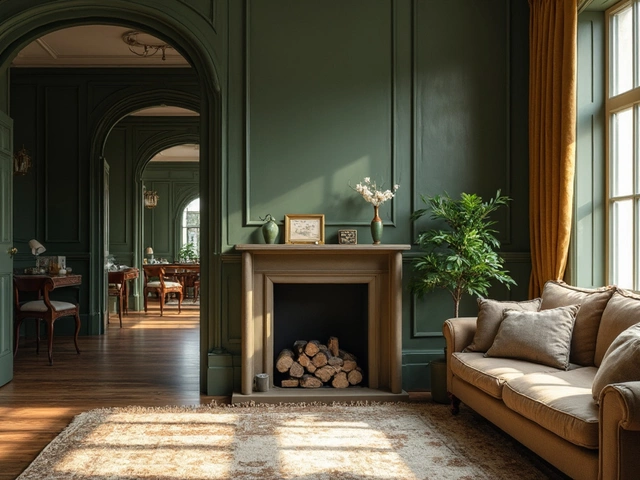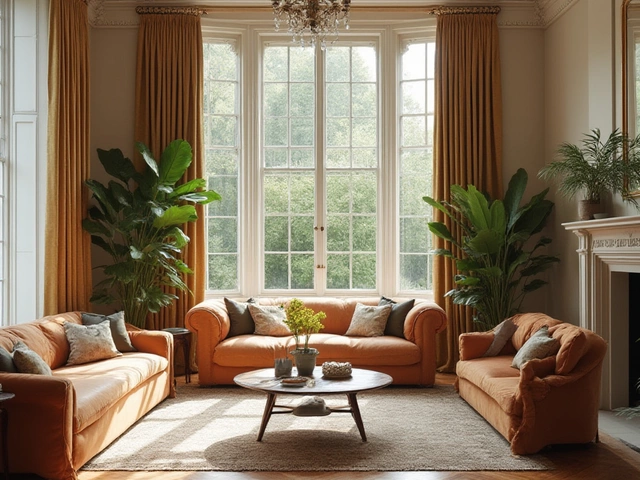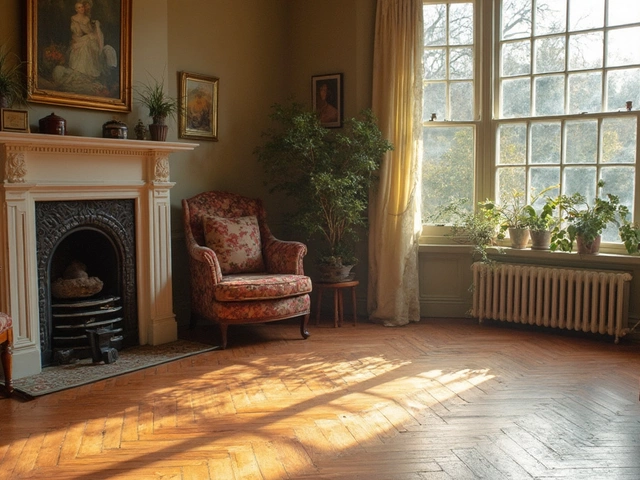Dining Furniture: How to Choose, Style & Keep It Fresh
First thing’s first – what do you actually need? A dining table, a few chairs, maybe a sideboard or bench? Knowing the core pieces helps you stay focused and avoid impulse buys that clash with your space. Measure your room, sketch a rough layout, and think about how many people usually sit down for meals. If you host larger gatherings, a extendable table or a bench can add flexibility without crowding the room.
When it comes to style, you don’t have to pick one era and stick to it forever. Mixing light and dark furniture works wonders, especially in modern homes. Pair a light‑toned oak table with darker walnut chairs for contrast, or reverse the look if you want the table to be the statement piece. Designers love this combo because it adds depth without feeling chaotic. Keep the colour palette simple – stick to two or three tones – and let the textures do the talking.
Mixing Light and Dark Pieces
Curious if light and dark can live together? Absolutely. Start with a neutral base, like a white or cream wall, then introduce a dark sideboard or a set of navy chairs. The key is balance: if the table is light, anchor the room with a darker rug or a bold art piece. If you go the opposite route, use lighter accessories – cushions, lighting, or a light‑coloured runner – to keep the room from feeling heavy. This approach lets you switch up the vibe seasonally without buying new furniture.
Another easy trick is to play with finishes. A matte metal leg on a wooden table adds a contemporary edge, while a glossy veneer on a chair brings a bit of retro flair. The mix feels intentional when each piece shares at least one material or colour cue. For example, a glass top table with metal legs pairs naturally with chrome‑finished chairs.
Caring for Your Dining Set
Great furniture deserves care. Wood tables love a quick wipe‑down with a damp cloth and a monthly polish to keep the finish smooth. Avoid harsh chemicals; they can strip the sealant and leave streaks. For upholstered chairs, a gentle vacuum and spot‑cleaning with mild soap works fine. If you have a leather bench, a leather conditioner applied every few months will prevent cracks.
Protect the surface from heat and water. Use coasters, placemats, and trivets – they’re not just decorative, they’re practical. When moving chairs, lift them instead of dragging to avoid scratching the floor. If you have kids, consider a clear protective film on the tabletop; it’s cheap and can be replaced if it gets scratched.
Finally, think long‑term. Quality pieces can be refinished or re‑upholstered, giving them a new life years later. Keep receipts and any care instructions – they’re handy if you ever need to match a finish or order a replacement part. With a bit of upkeep, your dining furniture will stay stylish and functional for generations.
Bottom line: start with the basics, play with contrast, and look after what you buy. By following these simple steps, you’ll create a dining space that feels both comfortable and on‑trend, without breaking the bank.






